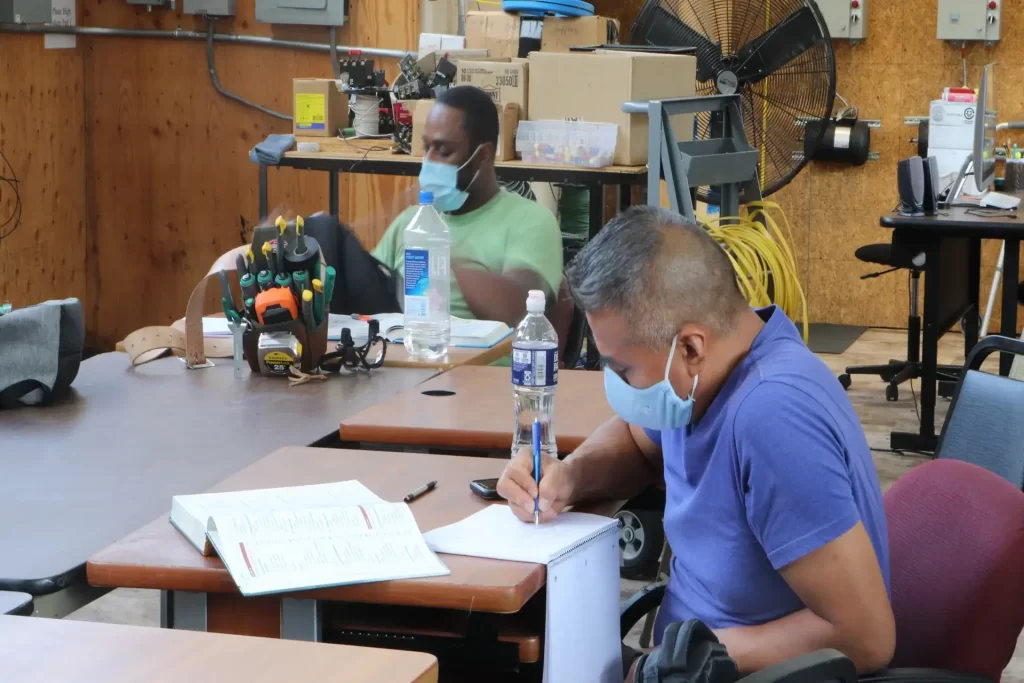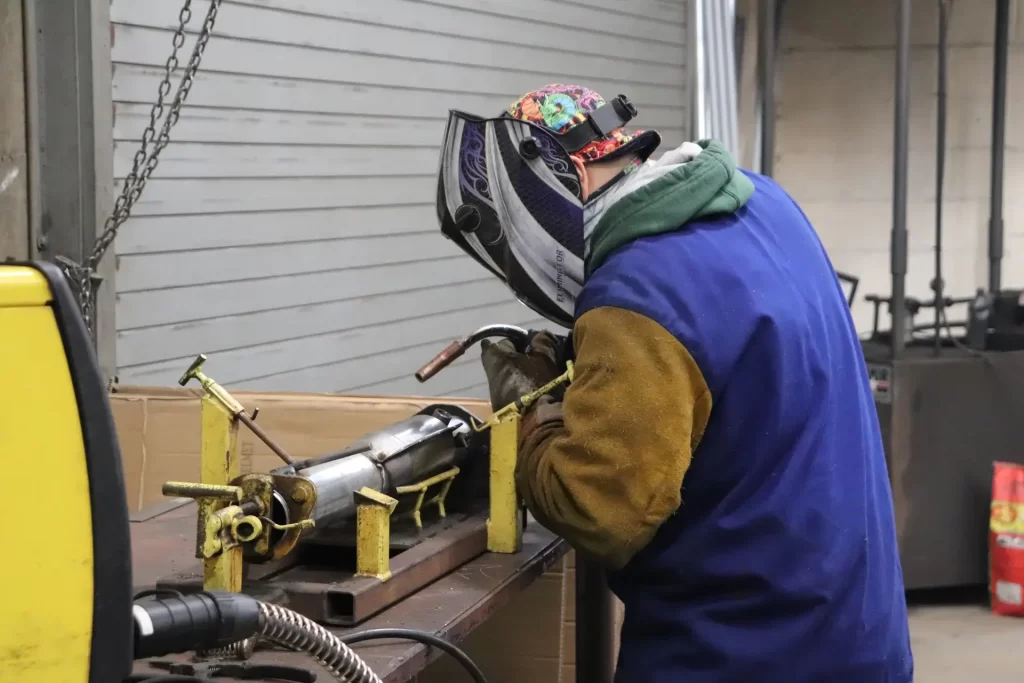Ironworking is one of the most rewarding careers. If you want to become an ironworker, making a career in welding can help you attain your goals. Here you will learn what an ironworker is and how to become an ironworker or accomplish your career in welding.
An ironworker is a person who cuts, builds, welds, and places structural steel and iron in roads, buildings, and bridges. Their work reinforces structures to enhance their safety and durability. Some ironworkers specialize in a region of ironworking, while others perform several tasks on the welding job.
There are two tiers for ironworkers in the U.S.:
If you are interested in becoming an ironworker, here is a guide you can take up to plan your career:
An ironworker apprenticeship needs you to complete a high school diploma or welding certification and be eighteen. However, you can get your GED by passing a test if you still need a high school diploma.

You can obtain employment as one to learn what it’s like to be an ironworker. In addition, these jobs can teach you the work situations and physical and safety requirements of ironworking to enable you to determine whether an ironworker welding career path is adequate for you.
Once you have a high school diploma, you can fill out an application with an ironworkers union and sit in a general knowledge exam. The examination includes reading comprehension and math, which is relevant for ironworking. In addition, some associations require you to pass a series of physical tests: Here are some areas of physical ability for apprentice ironworkers:

The primary education prerequisite for ironworkers is an apprenticeship. Apprenticeships are generally paid welding courses that enable you to learn the aptitudes of a trade. An ironworker apprenticeship can take four years to complete.
You can also take additional welding classes to earn an associate degree during your apprenticeship. This can provide you with a more profound knowledge of ironworking and boost your ability to find a job after your training. Here are some ironworking subjects you can study to earn an associate degree:
You can attain certifications in the following areas to improve your ability to work on a job site:
PTTI is one the top trade schools for you to earn certification in welding and kick-start your career.
Read More